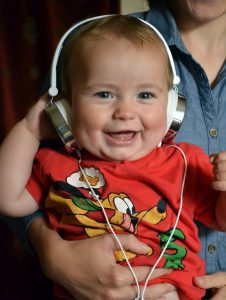Teachers who believe one “myth” about the brain and learning tend to believe a whole set of common misconceptions, a study in Frontiers in Psychology recently reported. The study included nearly 4,000 participants. It found that teachers tended to be significantly more accurate in their knowledge of how the brain learns than the general public, but many still didn’t have all the answers. Those who had taken more neuroscience coursework, read more science manuscripts, had a graduate education or were younger also tended to be more accurate. Below are some of the most common conceptions the study described as false that many of the teachers in the study endorsed.
To take the full assessment yourself, see Appendix A for the 32 survey questions at https://www.ncbi.nlm.nih.gov/pmc/articles/PMC5554523/
Most common “neuromyth” misconceptions by teachers:
- Individuals learn better when they receive information in their preferred learning style (e.g., auditory, visual, kinesthetic)
- Listening to classical music increases children’s reasoning ability
- A common sign of dyslexia is seeing letters backwards
- We only use 10% of our brain
- Children are less attentive after consuming sugary drinks and/or snacks
- Some of us are “left-brained” and some are “right-brained” and this helps explains differences in how we learn
‘We were surprised to see that these ‘classic’ neuromyths tend to cluster together, meaning that if you believe one myth, you are more likely to believe others,’ explained McGrath,” Source: http://neurosciencenews.com/neuromyth-belief-7273/
For the full report:
“Dispelling the myth: Training in education or neuroscience decreases but does not eliminate beliefs in neuromyths,” Kelly Macdonald, Laura Germine, Alida Anderson, Joanna Christodoulou, and Lauren M. McGrath in Frontiers in Psychology. Published online August 8 2017 doi:10.3389/fpsyg.2017.01314
https://www.ncbi.nlm.nih.gov/pmc/articles/PMC5554523/
–Kathleen Scalise
